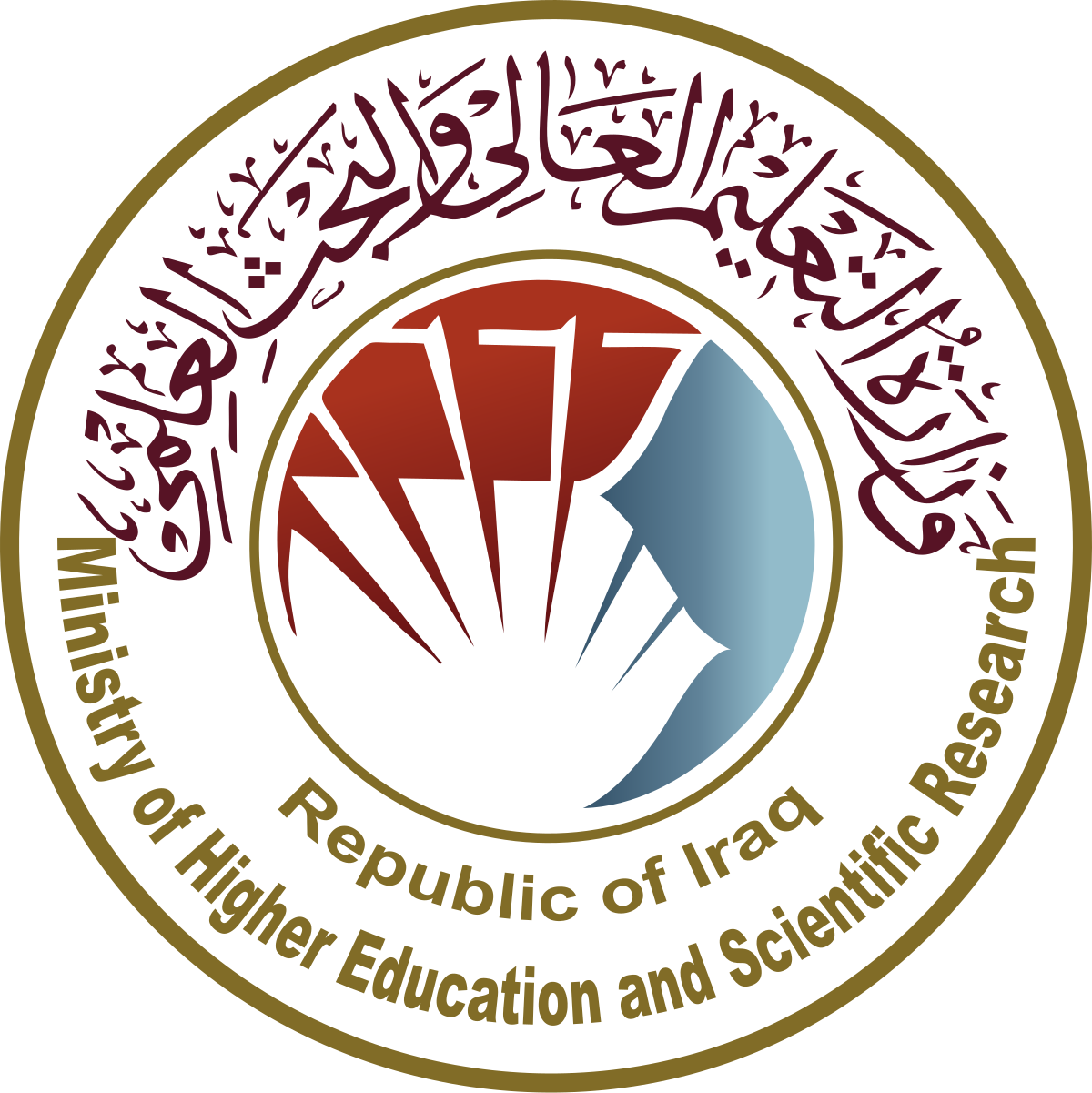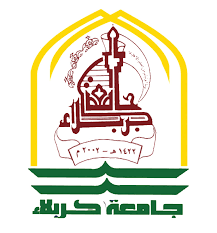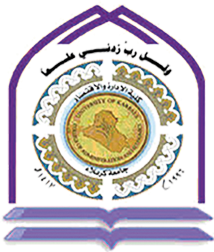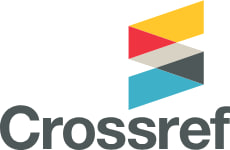The influence of the behaviors of the dialogue leadership on employees innovation
بحث استطلاعي لآراء عينة من التدريسيين في – كلية الإدارة والاقتصاد- جامعة كربلاء*
Keywords:
College of Management and Economics / University of Karbala, employs innovation, Quality of Work LifeAbstract
The aim of the research is mainly to determine the nature of the interrelationships and influence between the dialogue leadership and the innovation of the employees, as the basic problem was expressed in a set of questions based on the researcher's perceptions, the most important of which was, what is the effect of the interlocutor leadership in its dimensions on employee’s innovation? In order to achieve the objectives of the research, a hypothetical scheme was designed that clarifies the nature of the relationship between the variables of the current research. A set of hypotheses have been built to identify the level and nature of the influence between dialogue leadership and employee’s innovation in the College of Management and Economics / University of Karbala to achieve the research objectives, and the questionnaire was adopted as a main tool for collecting data from a sample of teachers at (College of Administration and Economics / University of Karbala). As the research sample reached (97) individuals representing the faculty in the college under consideration. The current research used the statistical package (Smart PLS v.3) to arrive at the related results.
The research reached a set of conclusions, the most important of which is (the dialogue leadership contributes to the interpretation and enhancement of employees innovation among the teachers at a weak level) and based on these conclusions the researchers presented a set of recommendations, the most prominent of which was the College administration's call to pay more attention to interpersonal leadership and its primary role in promoting positive behaviors in The field of work, including the creative behavior of the teachers, by focusing and indicating that the language of dialogue and interaction is part of the organization’s culture and one of its basic objectives and effective methods of communicating with the teachers.
References
Ahmed, S., & Ahmed, A. (2015). Employee innovation: management practices affecting the innovative behavior at workplace. In 3rd Islamic Countries Conference on Statistical Sciences (ICCS-13): Statistics for Better Life.
Berendsen, G., & Beckett, R. C. (2015), the adaptable innovation champion: Exploring the interaction between multiple roles.
Bezergianni, S. (2013), Conceiving, exploring and exploiting innovative ideas from waste cooking oil to diesel Journal of Innovation and Entrepreneurship,2(1) 9.
Bierly III, P. E., & Daly, P. S. (2007), Alternative knowledge strategies, competitive environment, and organizational performance in small manufacturing firms, Entrepreneurship theory and practice, 31(4), 493-516.
Brogan-Baranski, K., (2018), Conversational Leadership: A Phenomenological Study of Exemplary Elementary Superintendents and the Behaviors They Practice in Leading Their Organizations.
Bryant, J., (2012), The effect of intentionality on leadership development: A single-subject case study (Doctoral dissertation, The University of North Carolina at Charlotte).
Cerinsek, G., & Dolinsek, S. (2009). Identifying employees’ innovation competency in organisations, International Journal of Innovation and Learning, 6(2), 164-177.
Chin, W. W. (1998). The partial least squares approach to structural equation modeling, Modern methods for business research, 295(2), 295-336.
Cohen, J. (1988). Statistical Power Analysis for the Behavioral Sciences (2ed). New York: Lawrence Erlbaum Associates.
Cosgrove, E., & Hope, S. (2012), Mastering conversation–the key ingredient to successful leadership.
De Jong, J. P., & Den Hartog, D. N. (2007), How leaders influence employees' innovative behavior, European Journal of innovation management.
De Jong, J., & Den Hartog, D. (2010). Measuring innovative work behavior. Creativity and innovation management, 19(1), 23-36.
Dewberry, C. (2004), Statistical Methods for Organizational Research: Theory and practice First published, Published in the Taylor & Franci.
Dorow, P., Dávila, G., Varvakis, G., & Vallejos, R. (2015), Generation of ideas, ideation and idea management, Navus-Revista de Gestão e Tecnologia, 5(2), 51-59.
Grill, C., Ahlborg, G., & Lindgren, E. C. (2011), Valuation and handling of dialogue in leadership, Journal of health organization and management.
Groysberg, B., & Slind, M. (2012), Leadership is a conversation, Harvard business review, 90(6), 76-84.
Harari, M. B., Reaves, A. C., & Viswesvaran, C. (2016), Creative and innovative performance: A meta-analysis of relationships with task, citizenship, and counterproductive job performance dimensions. European Journal of Work and Organizational Psychology, 25(4), 495-511.
Hair, J, Sarstedt, M, Ringle, C, Gudergan, P and (2018). Advanced Issues in partial least squares structural equation modeling. Los angeles: Sage.
Hair, j, Celsi, M, Money, A, Samouel, Ph., and Page, M, (2016), Essentials of Business Research Methods :3rd ed, Routledge, Taylor & Francis Group, New York and London.
Hair, J, Celsi, M, Ortinau, D, and Bush, R. (2013), Essentials of marketing research, New York, NY: Mc Graw-Hill/Irwin.
Hair, J, Huult, T, Ringle, C, and Sarstedt, M. (2017), A primer on partial least squares structural equation modeling (PLS-SEM), Los angeles: Sage.
Alharbi, (2019), Exploring the Relationships Between Organizational Culture, Management Control System and Organizational Innovation, Global Business Review.
Henseler, J, Hubona, G and Ray, P.A. (2016), Using PLS path modeling in new technology research: updated guidelines, Industrial management and data system, 116(1), 2-20.
Ibrahim, M. S., Ghavifekr, S., Ling, S., Siraj, S., & Azeez, M. I. K., (2014), Can transformational leadership influence on teachers’ commitment towards organization, teaching profession, and students learning? A quantitative analysis, Asia Pacific Education Review, 15(2), 177-190.
Kauffman, J. R., (2016), Leading in the middle: Conversations and dialogic leadership in higher education, (Doctoral dissertation, Bowling Green State University).
Lukes, M., & Stephan, U., (2017), Measuring employee innovation: a review of existing scales and the development of the innovative behavior and innovation support inventories across cultures, International Journal of Entrepreneurial Behavior and Research, 23(1), 136-158.
Milliman, J., Grosskopf, J., & Winter, V., (2001), Corporate environmental strategy: building environmental business and leadership skills through dialogue, Corporate environmental strategy, 8(3), 209-216
Ngo, P., (2018), The impact of organizational culture on employee innovativeness .
Padros, M., & Flecha, R., (2014), Towards a Conceptualization of Dialogic Leadership, International Journal of Educational Leadership and Management, 2(2), 207-226.
Pruitt, B., & Thomas, P., (2006), Democratic dialogue—A handbook for practitioners, New York.
Raelin, J. A. (2013). The manager as facilitator of dialogue, Organization, 20(6), 818-839. .
Saunders, M., Lewis, P., & Thornhill, A., (2009), Research methods for business students, Essex. Financial Times/Prentice Hall, 1-2.
Seymour, M. A., & Geldenhuys, D. J., (2018), The impact of team dialogue sessions on employee engagement in an information and communication technology company, SA Journal of Human Resource Management, 16(1), 1-11.
Stanghellini, G., Broome, M., Fernandez, A. V., & Raballo, A. (Eds.), (2019). The Oxford handbook of phenomenological psychopathology, Oxford University Press, USA.
Stenberg, A., (2017), What does Innovation mean-a term without a clear definition?
Swaffield, S., (2008), Critical friendship, dialogue and learning, in the context of Leadership for Learning, School leadership and Management, 28(4), 323-336
Tsai, Y. (2011). Relationship between organizational culture, leadership behavior and job satisfaction. BMC health services research, 11(1), 98.
van Loon, R., & van Dijk, G., (2015), Dialogical Leadership: Dialogue as Condition Zero, Journal of Leadership, Accountability & Ethics, 12(3).
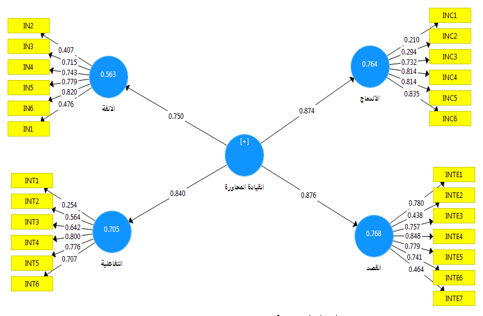
Downloads
Published
How to Cite
Issue
Section
License
Copyright (c) 2024 ميثاق هاتف الفتلاوي ، محمد علي محمد صالح

This work is licensed under a Creative Commons Attribution-NonCommercial-NoDerivatives 4.0 International License.
Authors retain the copyright of their papers without restrictions.




